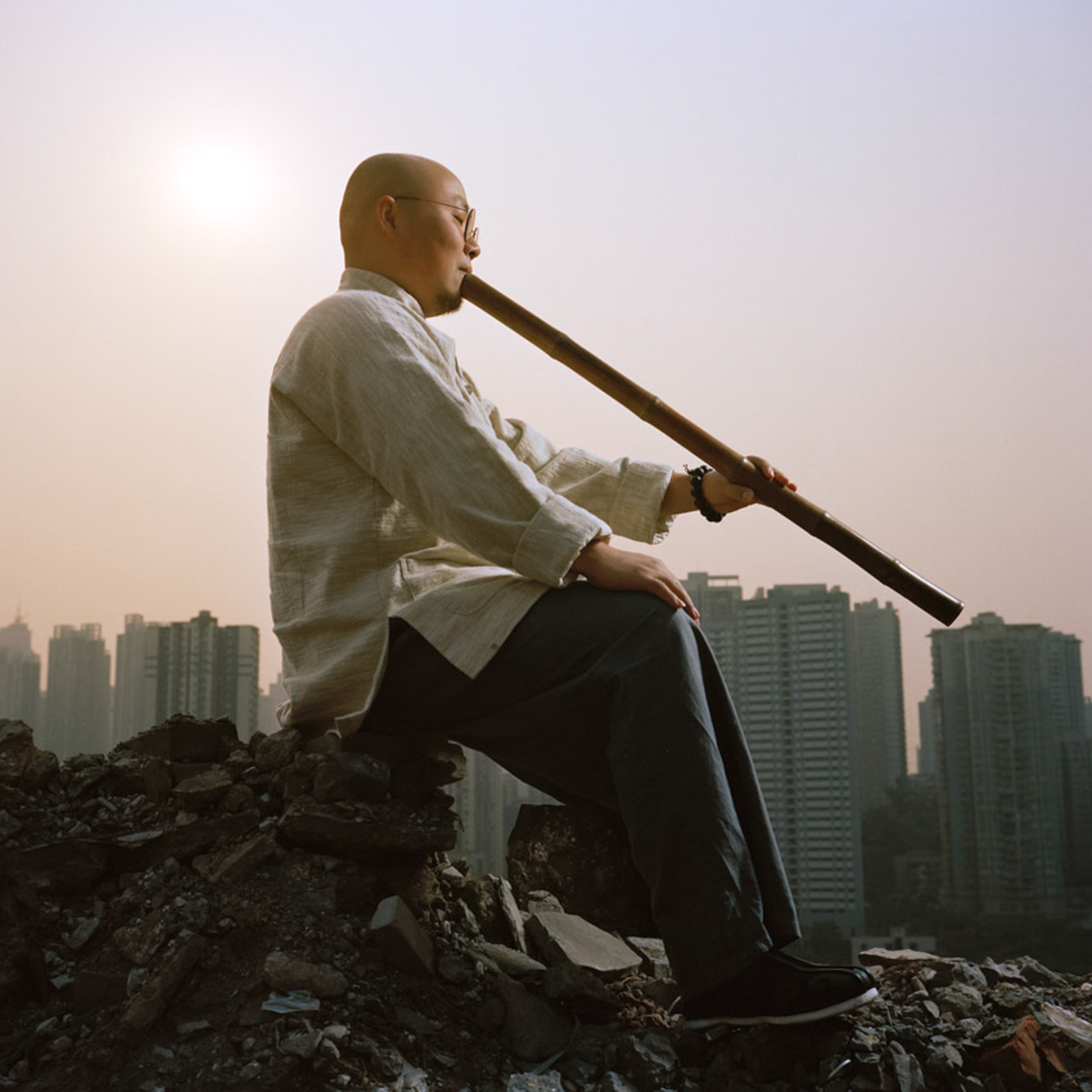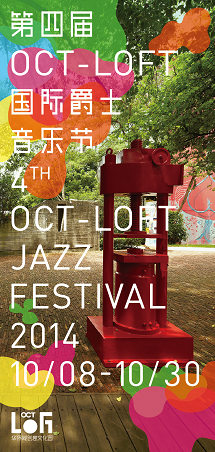易佳林 Yi Jialin
中国 China
时间 Time
2015.10.16 20:00 – 21:00
场地 Venue
华侨城创意文化园北区B10现场 B10 Live, North District of OCT-LOFT
演出者 Artist
易佳林 Yi Jialin – 尺八 Shakuhachi
易佳林
易佳林,号佳翁,尺八研究者,多年潜心研究尺八制作工艺、演奏技艺、尺八文化及中国传统古曲。他自幼学习笛箫,2005年偶然听到尺八之音便为之痴迷,全心投入到尺八的研究当中。2008年至今,他受邀在重庆、北京、深圳等十余城市举办讲座和音乐会,分享其研究成果,展现尺八的魅力。2012年2月,在深圳南山保利剧院举办尺八音乐分享会。2013年至今,多次参加中国、英国、法国、加拿大、日本艺术家的艺术交流活动。
2014年2月, 他的尺八作品再次被国家一级博物馆“三峡博物馆”收藏,并在“三峡大讲堂”举办讲座,与文博系统工作者分享多年研究尺八的心得。2014年5月、6月,参加英国驻重庆领事馆主持的文化交流项目,与来自北爱尔兰的驻留艺术家Sid Peacock先生进行艺术交流,将中国传统古乐器和传统古曲推介给英国友人。
关于尺八( Shakuhachi)
尺八,是一种在中华大地消失了约八百年之久的古老乐器,竖吹、竹制、外切口,音色丰富,颇具表现力。有人评价尺八之音雄浑大气,有汉唐气象;也有人认为它苍凉悠远,有安抚心灵之效。
从新石器时代到南宋,从用于狩猎祭祀的远祖骨笛、竹制吹管,再到广泛用于宫廷雅乐的汉代“笛”和唐代“尺八”,历经几千年的沧桑,在材料、工艺、用途、性能上不断改进,终于形成了这样一件魅力非凡的乐器,它在中华大地的消失不免让人扼腕叹息。
所幸在隋唐时代日本便先后多次派出遣隋使、遣唐使学习中华文化,尺八制作和演奏技艺也由这些使者带回日本,得以保存和发展。1999年11月,日本尺八寻根团到杭州护国仁王禅寺寻根认祖,尺八从此正式传回祖国,使得今人有幸再次聆听这古老的声音。
Yi Jialin
Yi Jialin, whose courtesy name is Jiaweng (佳翁), is a Shakuhachi researcher, studying craftsmanship, performing skills and cultures of Shakuhachi as well as Chinese traditional tunes for years. Yi played Dizi and Xiao from an early age. Since he accidentally heard the songs of Shakuhachi in 2005, he has devoted himself into studying it.
So far in 2008, Yi has been invited to more than a dozen of cities, including Chongqing, Beijing and Shenzhen, to hold lectures and concerts and show the charm of Shakuhachi by sharing his research results. In 2012, he held a Shakuhachi concert in Shenzhen Poly Theatre. Since 2013, he has joined numerous art exchange activities with artists from China, Britain, France, Canada and Japan.
In February, 2014, his Shakuhachi works were collected by China Three Gorges Museum (三峡博物馆) in Chongqing, one of the national first-class museums. Yi also held a lecture there sharing his study experiences and results with the workers of Relics and Museology system. Last year, Yi participated in the cultural exchange project held by the British Consulate-General Chongqing, and communicated with artist Sid Peacock from Northern Ireland, taking this opportunity to promote Chinese traditional instruments and tunes to British people.
Shakuhachi
Shakuhachi is an ancient musical instrument which has been long-lost in China for nearly 800 years. It is a kind of vertical end-blown flute made of bamboo, with rich tone-colors and strong expressiveness. Some say that the sound of Shakuhachi is grand and vigorous, much reflecting to the splendor of Han and Tang Dynasty, while others think it’s mysterious and desolated, placating the souls with inner peace.
From Neolithic times to the Southern Song Dynasty, from the bone flute used for hunting and fete ceremonies to the Dizi in Han Dynasty and then to Tang Shakuhachi, thousand years of painful evolution has eventually resulted in the birth of this unparalleled charming instrument, through the continuous improvement of its material, craft, usage and capability. That is why its extinction in the place of its origin was so regretful.
Fortunately, during the Sui and Tang Dynasty, Japan has sent ambassadors to China to learn about Chinese culture, so that the manufacturing and performing skills of Shakuhachi were passed down to Japan, where it was well preserved and developed. In November, 1999, to trace the ancestral root of Shakuhachi, Japanese relevant group visited the Huguo Renwang Temple (护国仁王禅寺) in Hangzhou. At that point, Shakuhachi is formally returned to its motherland, offering the opportunity for Chinese people today to enjoy this ancient sound once again.
微博 Weibo
http://weibo.com/chibayuan




